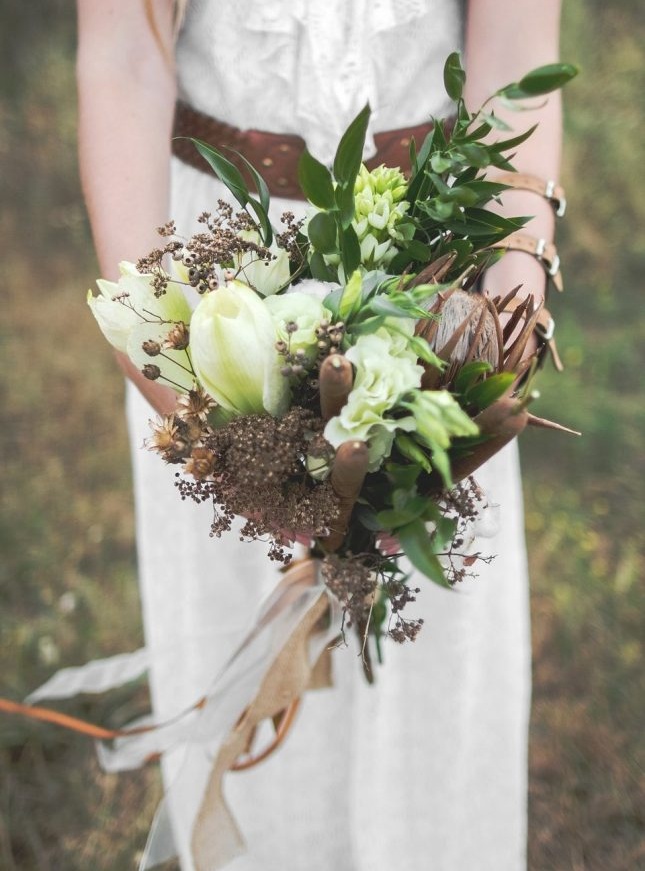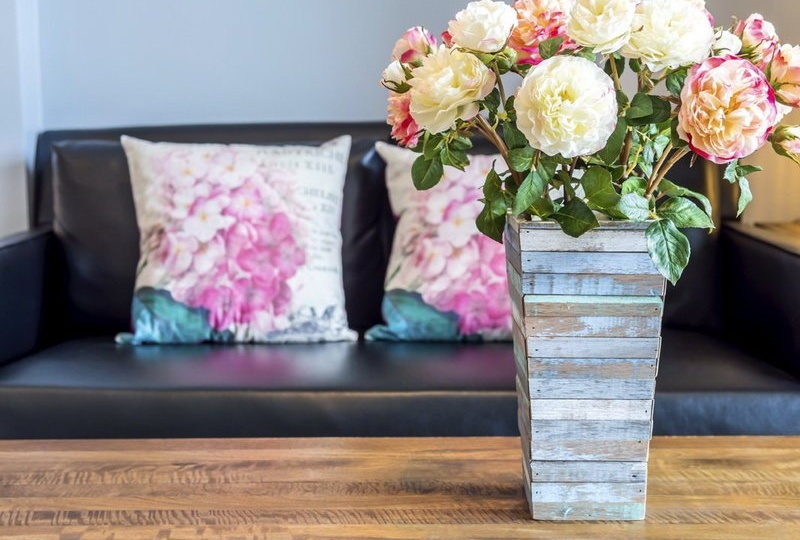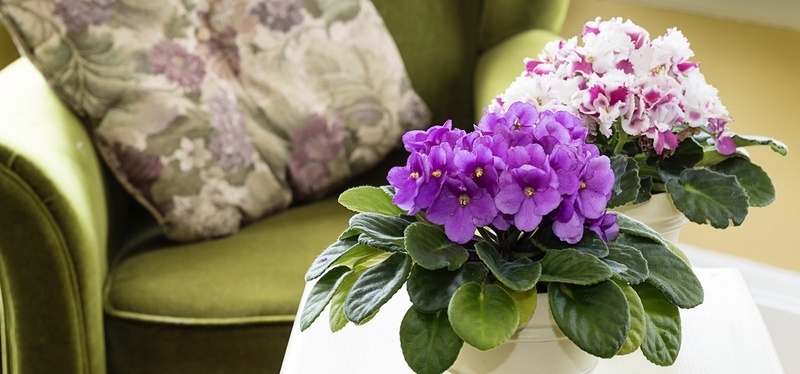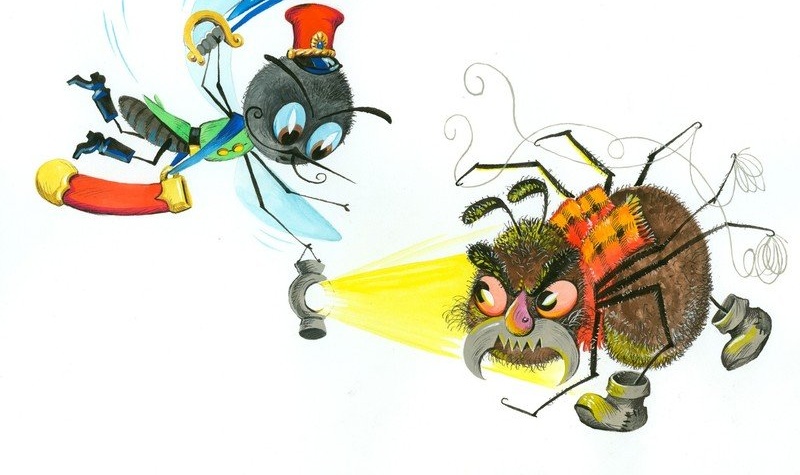Why you can’t keep cane at home: signs and common sense
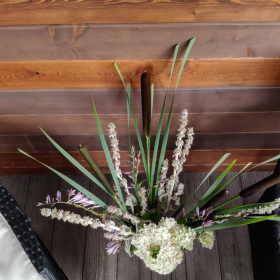
Bulrush is a beautiful, unusual plant that is found almost everywhere. Many people make cute bouquets and compositions out of it, decorating them with their home. But what do beliefs say about this? The value of reeds in the house is ambiguous.
Slavic signs about reeds
The Slavic people, despite the love of reeds as such, did not very welcome him in the house. There were several superstitious reasons for this.
The first is related to the features of the Slavic bestiary. This people has always had many terrible monsters that live in swamps. A reed is a marsh plant. It was believed that the one who brings him into the house leads along with swamp evil spirits. Therefore, superstitious people avoided decorating the house with reeds - who would like to share a dwelling with some swamp?
The second superstition is tied to the so-called sympathetic magic. Reeds as a home decoration are usually pre-dried. A dry plant, according to the rule “like attracts like”, will necessarily attract drought and the death of the crop. But before, people not only welfare depended on favorable weather, but also life itself. Therefore, it is not surprising that superstitious landowners and peasants were afraid to carry dry reeds into the house.
And another negative sign applies to all dried plants. It was believed that a dry bouquet "dries" at the same time and households. Those supposedly begin to hurt and dry before our eyes.
But the Slavs also had positive signs regarding reeds. For example, it was believed that a bunch of reed stalks, laid on the floor at the entrance, will protect the house from all evil. And the presented bouquet, tied with a red ribbon, spoke of the seriousness of love intentions and pushed the beloved person to legitimize relations.
Superstitions of other nations
In many European countries, reeds along with ivy (heder) are considered exclusively female plants. Therefore, in the house where they decorate the house, all men supposedly disappear (for various reasons). In the best case, the hostess simply ceases to interest them, and in the worst case, male households die.
It is believed that it is possible to balance the balance of male and female energies if, together with reeds (or ivy), a holly is planted - a traditionally male plant.
In ancient Greece, furniture was often made from reeds. And in Egypt, this plant was revered and tried not to cut. It was believed that by cutting the reeds, the gods who send the drought could be angry - a terrible fate for the inhabitants of an already arid valley.
Rational reasons not to keep a vase with reeds in the house
There are several reasons to refuse such a bouquet, not related to signs and superstitions. For example, reed inflorescences, when dried (on the third or fourth day after cutting), have an unpleasant habit of crumbling with small flakes, which will create difficulties when cleaning.
Do not forget about unsanitary conditions.In the marshes where reeds grow, rodents often live, some of which can carry infectious diseases. One example is leptospirosis, which is actively carried by wild mice. This acute infectious disease is treatable, but why risk health again?
A bouquet of reeds can be a beautiful decoration, despite the abundance of bad signs about it. True, some difficulties are associated with its storage, so you should still pay attention to other plants.
